The mystery behind Type Ia supernovae 💥
- Lauren Lewis

- Aug 21, 2022
- 3 min read
Updated: Aug 24, 2022
A Type Ia supernova is one of the most dramatic events in the universe. But did you know that exactly how they happen is not fully understood?
Let's first go over what we do know After a sun-like star stops fusing hydrogen to helium in its core, its outer layers drift off into space. This leaves the hot, dense, glowing core behind: a white dwarf. Some white dwarves will then just sit there, slowly cooling forever more. But for others, this is not the end of their journey.
The diffuse gas shed by the star is referred to as a "planetary nebula", even though it has nothing to do with planets!
Planetary nebulae typically stick around for just a few tens of thousands of years. This means that on cosmic timescales, these beautiful phenomena are gone in the blink of an eye.
More than half the stars in our galaxy are estimated to exist in binary systems. For many binary systems, the stars orbit far apart, and so never interact. However, in some, they orbit much closer together. This allows them to have an effect on each other. If a white dwarf is one of the objects in these close binary systems, it might, somehow, steal matter from its companion, growing in mass as it does so.
But this process can't continue forever. Just like normal stars are supported against gravity by an outward force (radiation pressure), white dwarfs are also supported against collapse. This support comes from something called degeneracy pressure. But degeneracy pressure can only resist gravity until up a certain point. That point is called the Chandrasekhar limit and is equal to about 1.4 solar masses. So once a white dwarf has accreted enough material to reach this mass, it violently and spectacularly explodes.
Electron degeneracy pressure results from electrons, tightly packed under the force of gravity, resisting being squashed any further than they already are.
These explosions are some of the brightest events in the universe (with a "peak luminosity" billions of times brighter than our sun). This means that we can see them even if they're really far away. Also, their critical explosion mass means that their brightness should always be the same, regardless of the supernova.
We can combine this standard brightness with how bright they appear to us, in order to work out how far away they are. This makes supernovae Ia incredibly useful, as we can use them to measure distances on large scales. In fact, its Type Ia supernovae that provide evidence of the universe's accelerating expansion, and its likely cause: dark energy (the 2011 Nobel Prize in Physics was awarded for this discovery).
But there's a problem! Currently, we're not actually sure what the other object in the binary is, and therefore, quite how the white dwarf steals its mass. It could be that it strips gas gradually off a red giant companion. Or it might be that the other companion is also a white dwarf. These two white dwarfs might crash into each other, resulting in an object that's possibly well over 1.4 solar masses!
These various pathways may mean that the standard brightness of supernovae Ias may not be so standard after all... This is a tad worrying for all the science that's based on the assumption that they are!
But don't worry, help is at hand. The Gaia space telescope is currently collecting data on billions of stars within our galaxy. This data is allowing astrophysicists to identify systems that might, one day, lead to a supernova Ia event. The search for these systems will hopefully, in the future, allow us to better understand the events that lead to supernovae Ia.
For image credits, please see the image credits tab
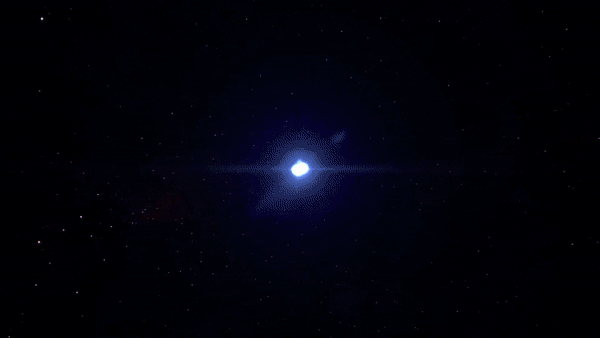


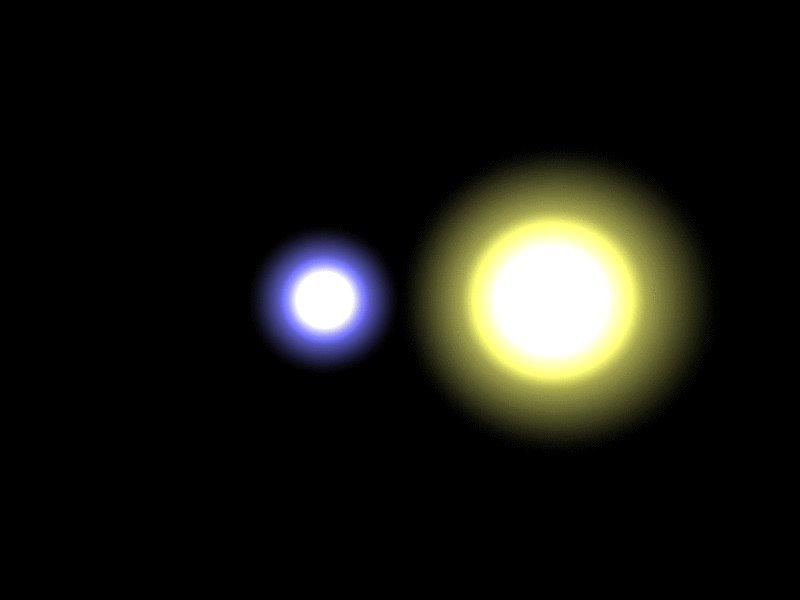



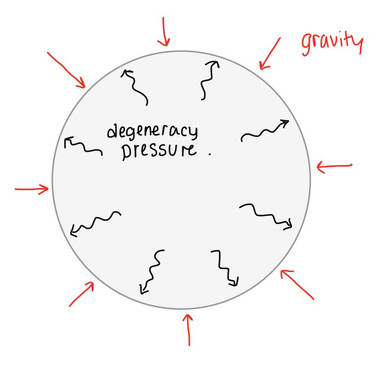


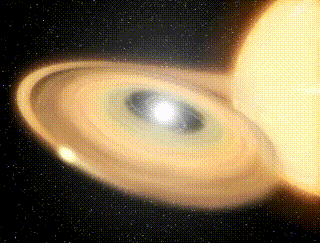

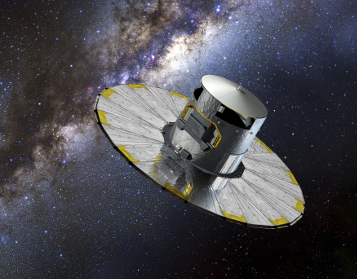





Comments